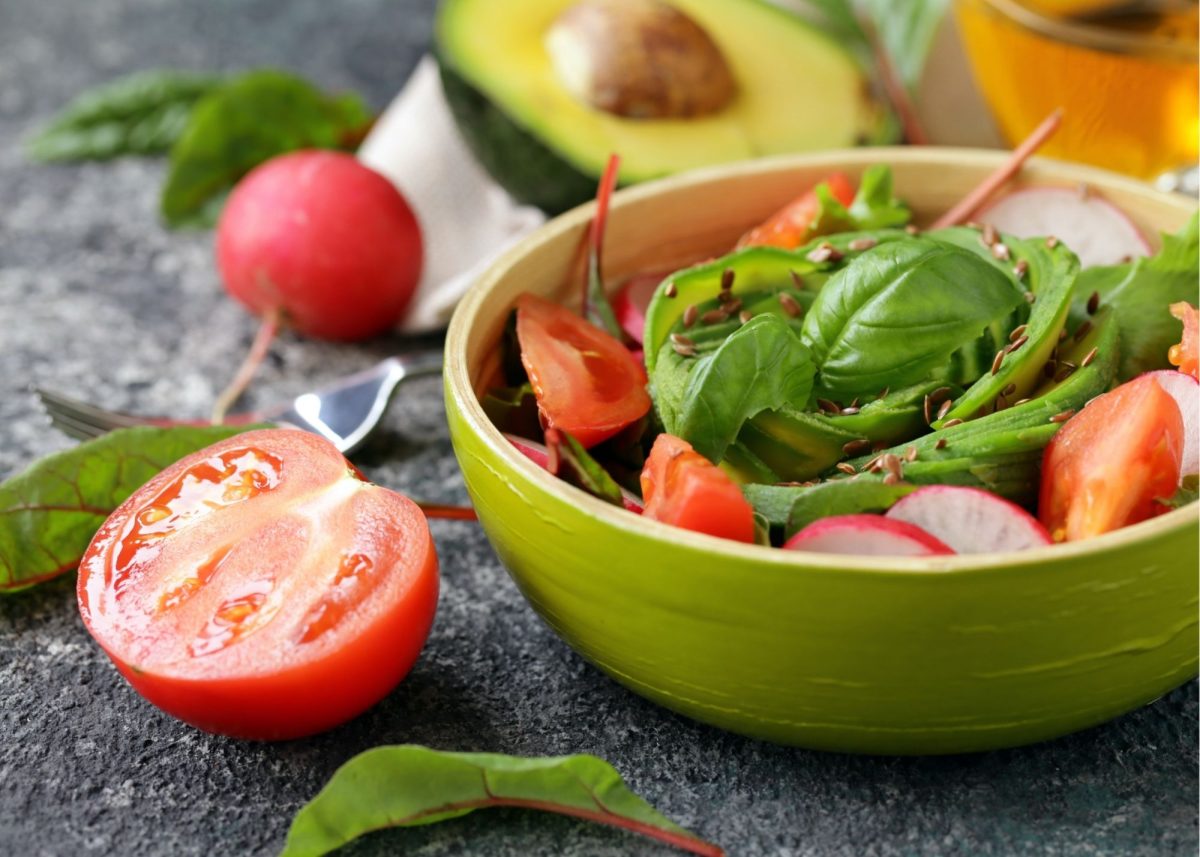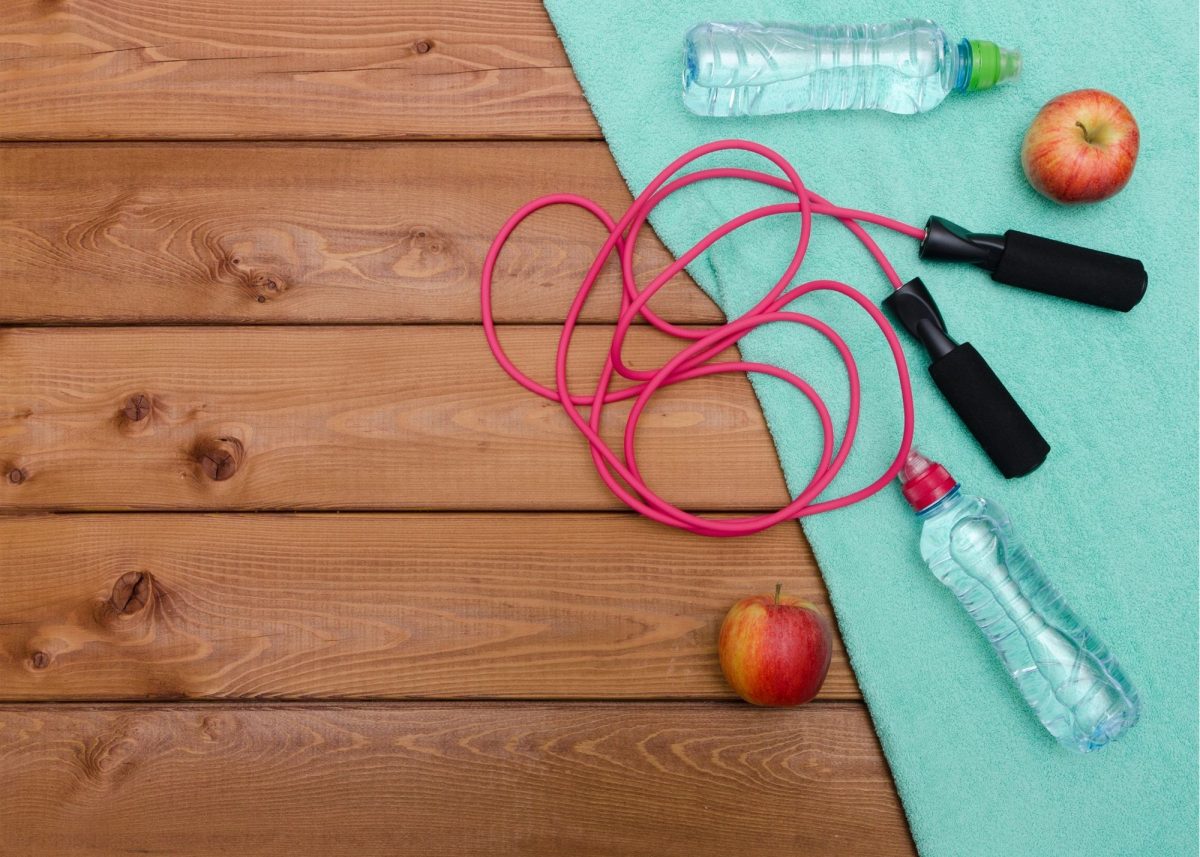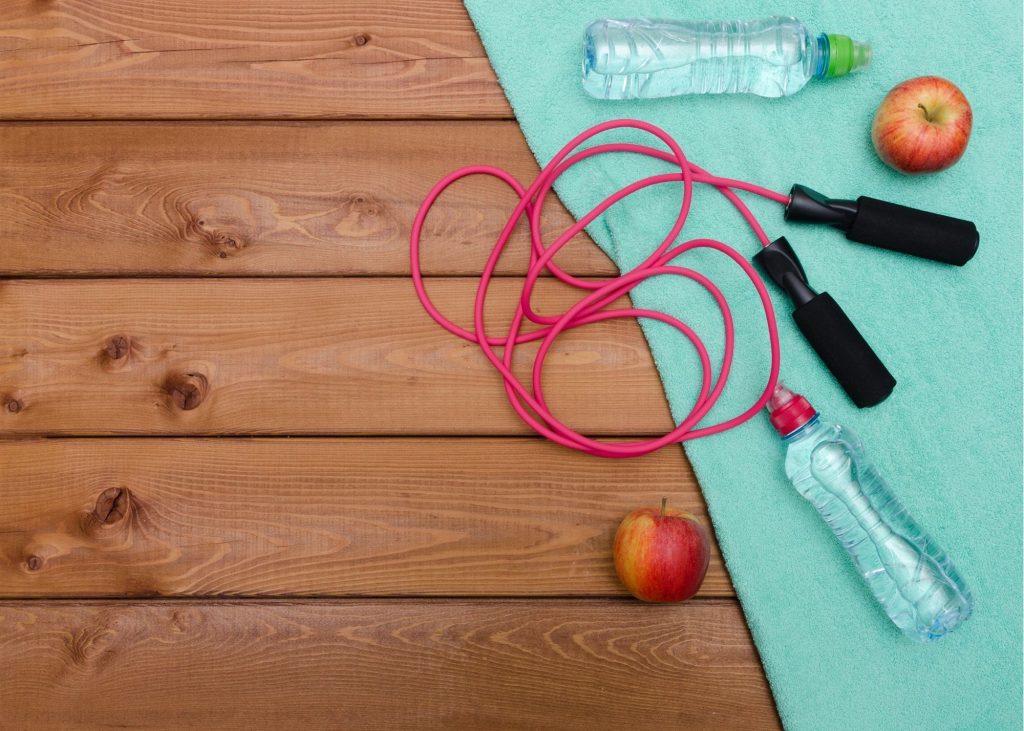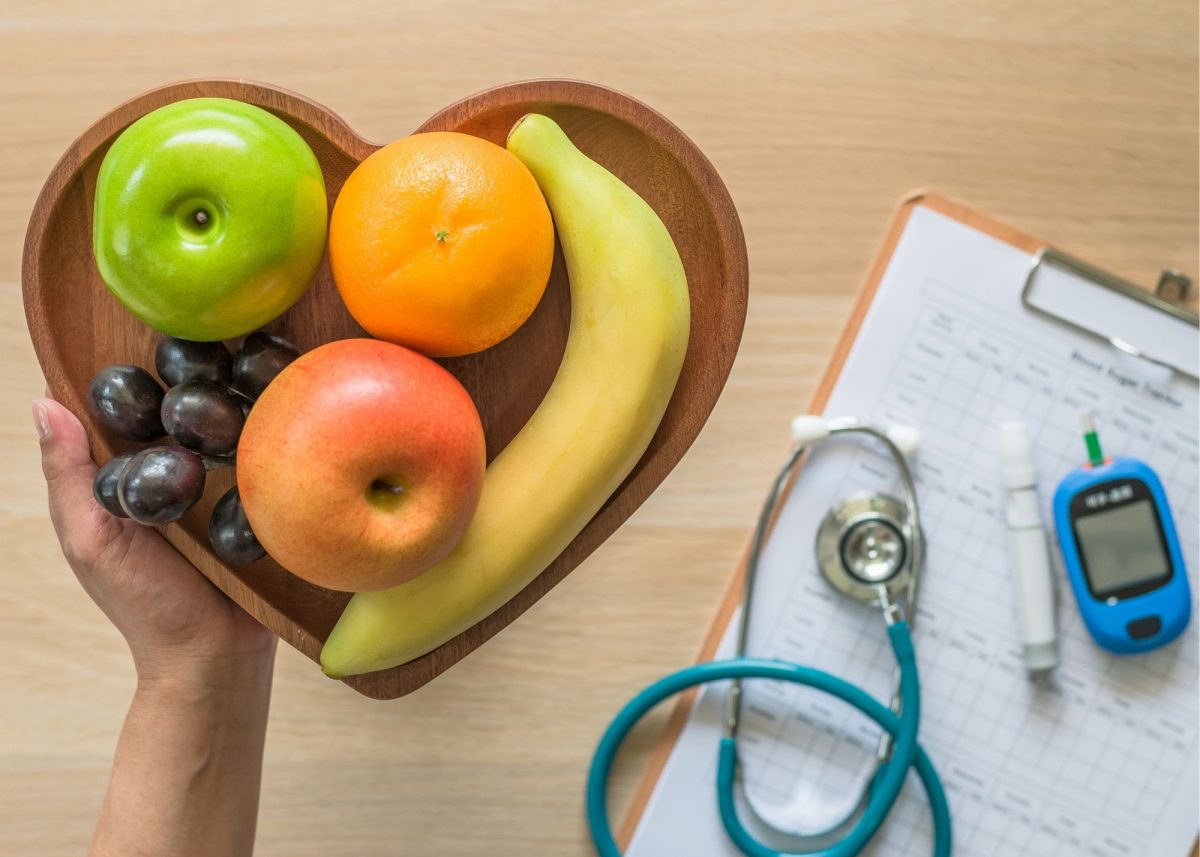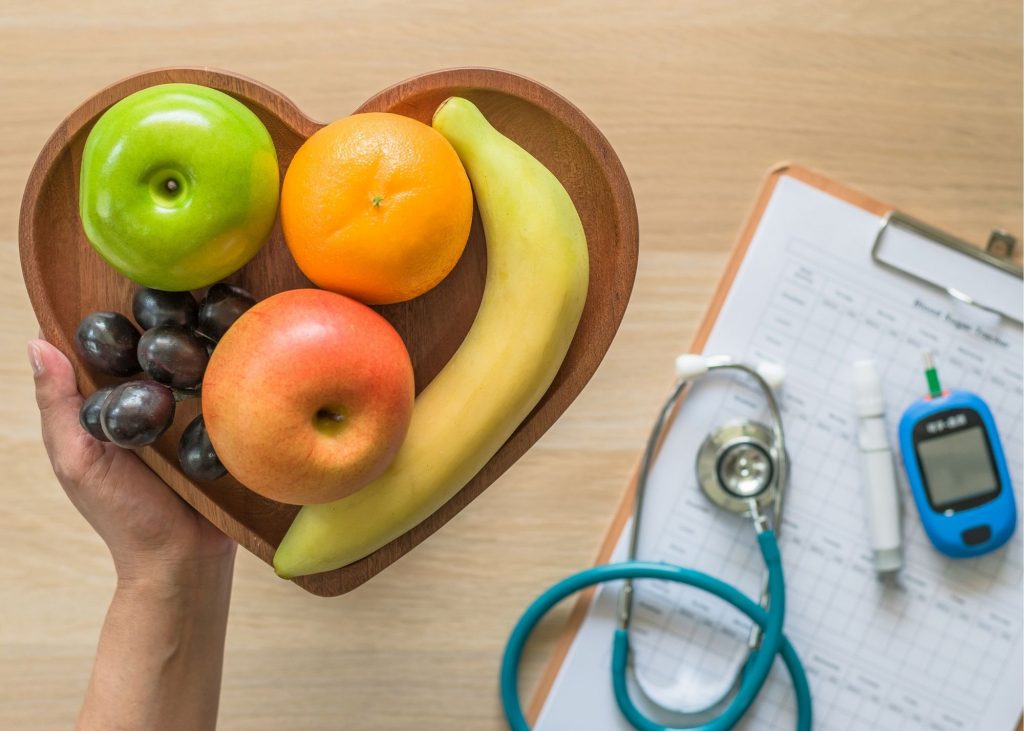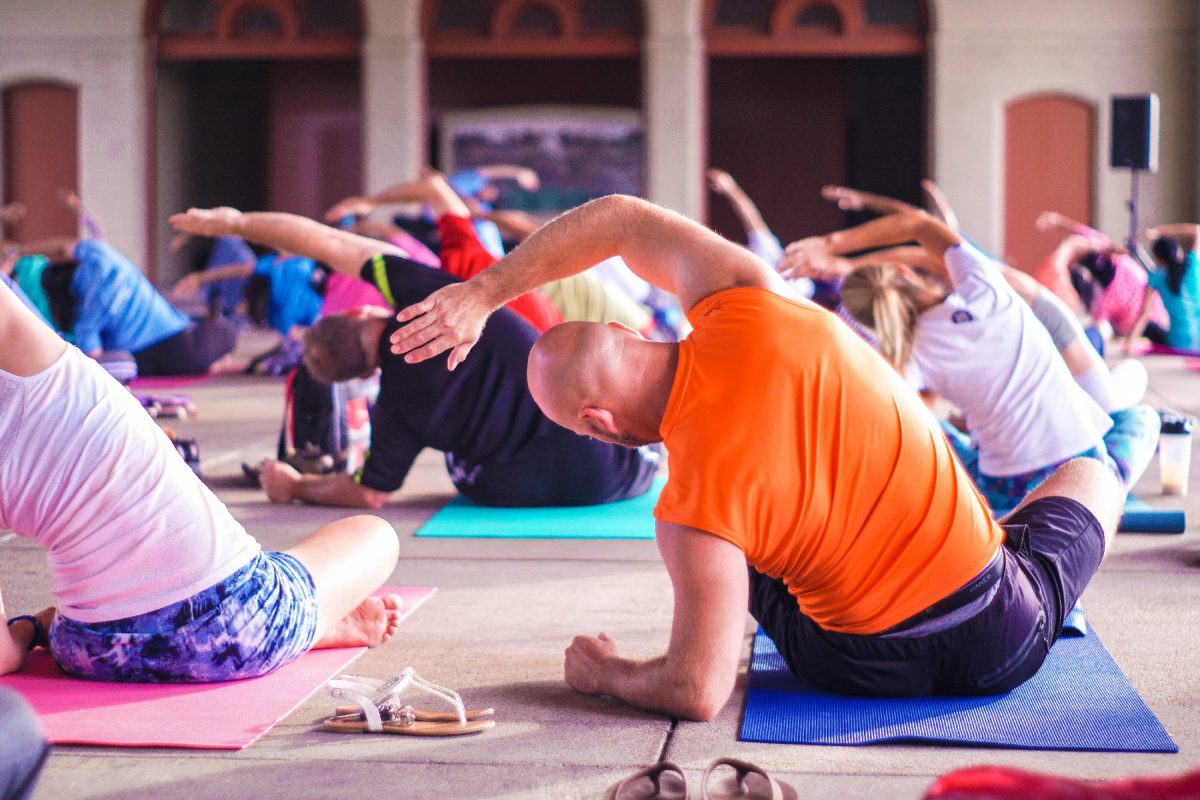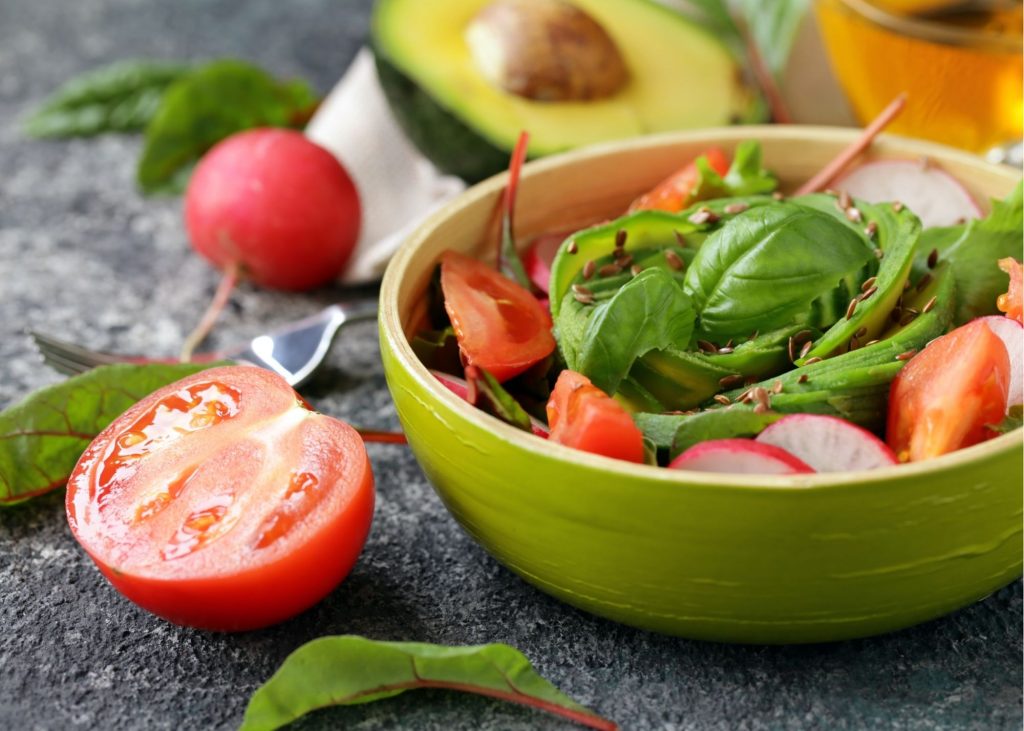
Overview
. Healthy eating for the heart comes back to balance, moderation and portion control
. Fruit and vegetables should be keenly incorporated into your diet
. Limit salt, fats and sugar
Balance and portion control are keys
Balance is the key to developing a diet that doesn’t put your health in long-term jeopardy. Try and adhere to the basic principles of balance, moderation and portion control. Now let’s move to the specifics. The first point we will address is portion control. Eat what you have to eat and and resist the temptation to splurge because that moves everything out of sync. By doing this you can start to control your weight and sugar level which is important to your long term health.
The most dangerous scenarios are high blood pressure, diabetes and potentially heart disease. By exercising disciplined portion control you can limit your exposure to these harmful ailments. High blood pressure is caused through stress, smoking and a lack of physical activity but can also be caused by your diet. There is a strong correlation between excessive salt as well as certain fats and sugar. By cutting these items out, or at least limiting them, you can minimise the risk of high blood pressure. In regards to diabetes, you also have to be careful with your sugar intake, especially in regards to soft drinks.
How to avoid high blood pressure
- A high reading is considered to be anything over 140/90
- Stress, genetics and obesity all play a role
High blood pressure or hypertension relates to the force of blood against the artery walls. A high reading is considered to be anything over 140/90. As webMD points out the exact causes of high blood pressure are not known but things like stress, genetics, smoking, obesity and lack of exercise are thought to play a part. Some of those things are out of your control but certainly exercising and removing stress are things you can actively engage in to lower the risk.
The other thing is obviously to control your diet. The Heart Foundation lists fruit and vegetables, wholegrains, nuts and reduced fat and dairy as the areas to focus on in regards to reducing blood pressure. Healthline also provides a list of foods that are beneficial including salmon, berries, beans and lentils, carrots, celery and pistachios. They also provide a list of foods to avoid that includes salt and sodium, deli meats and frozen pizza.
Foods to lower cholesterol
Like blood pressure, cholesterol is something that can be controlled through diet and lifestyle. Exercise plays a big role here as well but in terms of food the faster you can move away from discretionary foods like takeaway, chips, pies, cakes, things of that nature, to a more balanced diet that incorporates the five key food groups the better off you will be.
In terms of specialised foods, Harvard Health lists oats, beans, nuts, foods fortified with sterols and stanols and fatty fish as their preferred items to help lower cholesterol. In terms of foods to avoid, Medical News Today lists sausage, bacon and organ meats such as kidney and liver as foods to eat sparingly. Try and make a concerted effort to limit your consumption of fats, oils, sugar and salt. A good rule of thumb to follow is to try to eat less than fifteen grams of fat and six grams of salt per day.
Protein and energy
- A healthy serving of fruit and vegetables goes a long way
- You can also source protein from lean meats and eggs
The next point to consider is what to actually put on your plate. It has to be remembered that part of having a healthy heart is actually having the energy to exercise and stay active which is a crucial part of heart health. So on the one hand it’s good to eat foods that positively influence blood pressure and cholesterol but it’s also good to eat foods that provide you with protein and energy to actually help you exercise on a regular basis and we can look at both. Look to incorporate a healthy serving of fruit and vegetables, grain and certain fish such as tuna and salmon from a holistic sense.
In terms of energy, two key sources are protein and wholegrain. You can source protein from lean meat and eggs as well as fish and poultry and wholegrain that is high in fibre such as oatmeal. Brown rice and bran are also a valuable source of energy. Healthline gives a good overview of the value of brown rice and some of the benefits are certainly heart health and weight loss. It’s good to incorporate these types of food items because they help to keep your weight in check while still giving you ample energy and that’s a good combination to have.
Fruit and vegetables are key to a healthy heart
The other food group that you really have to be diligent about perusing is obviously fruit and vegetables. This should be a staple and is almost mandatory for your long-term health. According to the AIHW, between 2007/8 and 2017/8 approximately 50 per cent of Australians did not meet the fruit recommendations and almost 95 per cent did not meet the guidelines associated with vegetable intake. 7.3 per cent of the total burden of disease in Australia was attributed to poor diet and 1.4 per cent was attributed to a diet low in fruit, so it stands to reason that we all need to be vigilant about our food choices.
Healthline gives a list of heart healthy foods and there are several fruit and vegetables listed including leafy green vegetables, berries, avocados, beans and tomatoes. The great thing is that fruit and vegetables also provide you with so many other benefits. They are high in fiber, reduce the risk of cancer and diabetes, and provide numerous nutrients and minerals that help to improve your quality of life. This list of 50 foods that are super healthy gives a great overview of what you should be eating and why fruit and vegetables must be a priority.
Australian dietary guidelines
- Source items from the five key food groups
- No single food can provide all the required nutrients
According to the Australian dietary guidelines, one should make a concerted effort to source items from the five key food groups. The recommendation is that we seek a wide variety of food to achieve a balanced diet, not always in one day but certainly over the course of a week. As stated in the guidelines: ‘No single food can provide all the nutrients in the amounts needed for good health’. You have to expand your boundaries and actively source those nutrients.
The evidence for consuming a wide variety of foods as summarised in the guidelines suggests that a ‘higher quality diet is associated with reduced morbidity’ and that ‘diversity in food intake can reduce an individual’s exposure to any one group of toxicants.’ But it also goes on to say that Australians as a general rule eat from a wide variety of cuisines which should supply the ‘nutritional needs of the population but appropriate choices must be made to ensure that all nutritional requirements are met.’
References
WebMD: Causes of high blood pressure
https://www.webmd.com/hypertension-high-blood-pressure/guide/blood-pressure-causes#1
Heart Foundation: 5 Foods to help lower blood pressure
Five foods to help lower blood pressure (heartfoundation.org.au)
Healthline: The 17 Best Foods for High Blood Pressure
The 17 Best Foods for High Blood Pressure (healthline.com)
Healthline: Eating with High Blood Pressure: Food and Drinks to Avoid
Eating with High Blood Pressure: 9 Foods and Drinks to Avoid (healthline.com)
Harvard Health: 5 foods that avoid high cholesterol
5 foods that fight high cholesterol – Harvard Health
Medical News Today: Foods with high cholesterol to avoid and include
High-cholesterol foods: Foods to avoid and include (medicalnewstoday.com)
Healthline: Is brown rice good for you?
Is Brown Rice Good for You? Benefits, Weight Loss and Nutrition (healthline.com)
AIHW stats: Poor diet
https://www.aihw.gov.au/reports/food-nutrition/poor-diet/contents/poor-diet-in-adults
Healthline: 15 incredible heart healthy foods
https://www.healthline.com/nutrition/heart-healthy-foods#TOC_TITLE_HDR_16
Healthline: 50 foods that are super healthy
50 Foods That Are Super Healthy (healthline.com)
Australian dietary guidelines pages 32-33
